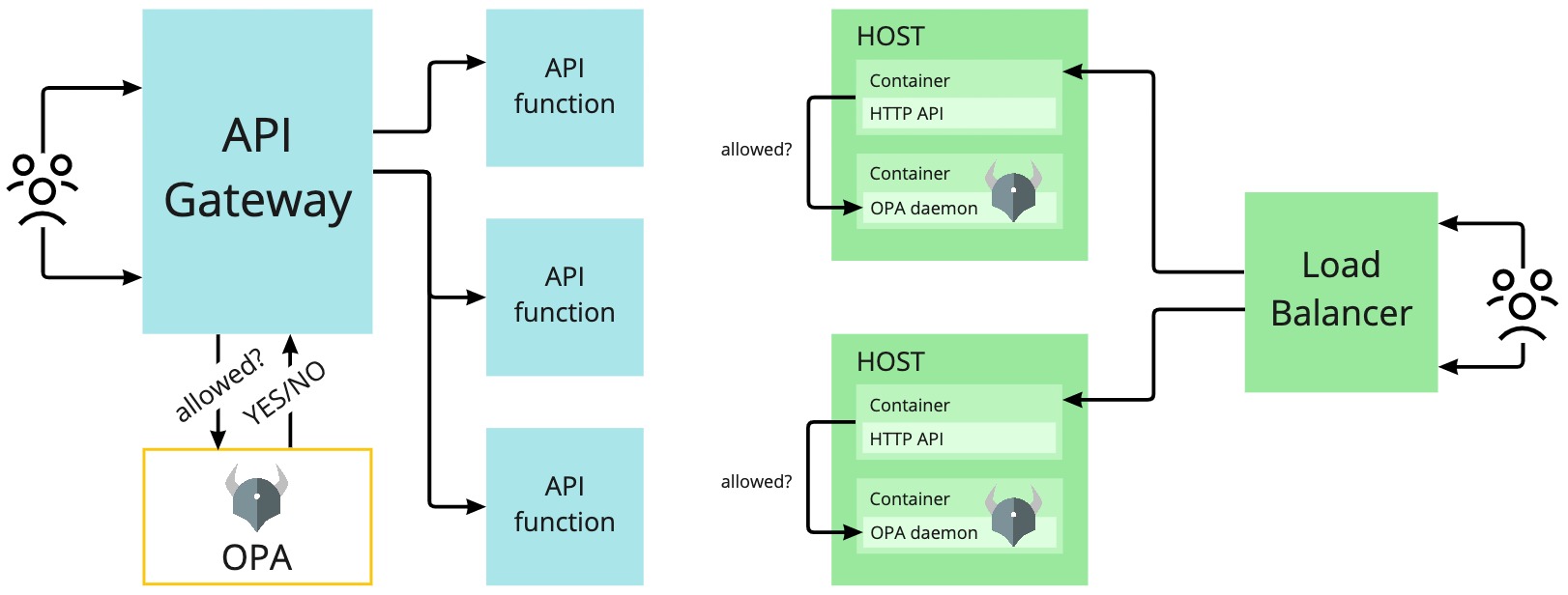About OPA
OPA is an expression that is often associated with celebrations and plate smashing in Greek culture, but this post is not about that.

Open Policy Agent (OPA) has been gaining popularity over the last few years as more and more companies adopt OPA to secure their workflows. Using policies as code that are decoupled from implementation, unified fine-grained control can be deployed across distributed systems independently of other responsibilities of an application.
You can think of it as a concierge for your service who can answer detailed questions on behalf of your users to meet their specific needs.
OPA can be deployed as a daemon or library across API gateways and cloud-native stacks, and can act as a decision-making component responsible for controlling access to resources. These decisions are based on policies and contextual data that are loaded from databases or user management systems.
Policies are a set of rules that an organization chooses to apply and can be expressed using a declarative language called Rego. During a policy evaluation request attributes, JWT tokens, and data from external sources can be used to make a decision. The result can be sent to the upstream client, along with additional data to accept or deny a request.
package application.authz
# Only owner can update the pet's information
# Ownership information is provided as part of OPA's input
default allow = false
allow {
input.method == "PUT"
some petid
input.path = ["pets", petid]
input.user == input.owner
}
A policy evaluation with the following input would result with allow: false as the requester user
is not the owner of the resource.
{
"method": "PUT",
"owner": "bob@hooli.com",
"path": [
"pets",
"pet113-987"
],
"user": "alice@hooli.com"
}
OPA has builtin support for JSON Web Tokens (JWTs) to verify and extract information you need to make a policy decision. If your authentication is set up so that when a user logs in you create a JWT with that user’s attributes (or any other data as far as OPA is concerned). Then you hand that JWT to OPA and use OPA’s specialized support for JWTs to extract the information you need to make a policy decision.
In summary, OPA can help deploy unified access control across your stack that is decoupled from applications, but that is easier said than done. Operationally speaking this involves setting up sidecars, libraries, and configuration in your cloud stack. Policies should be maintained in a data store that needs to be accessible from the OPA processes; so you may have to consider a CI/CD pipeline to make sure your policies are tested and deployed on merge to trunk.
Open Policy Agent Documentation
eof.
